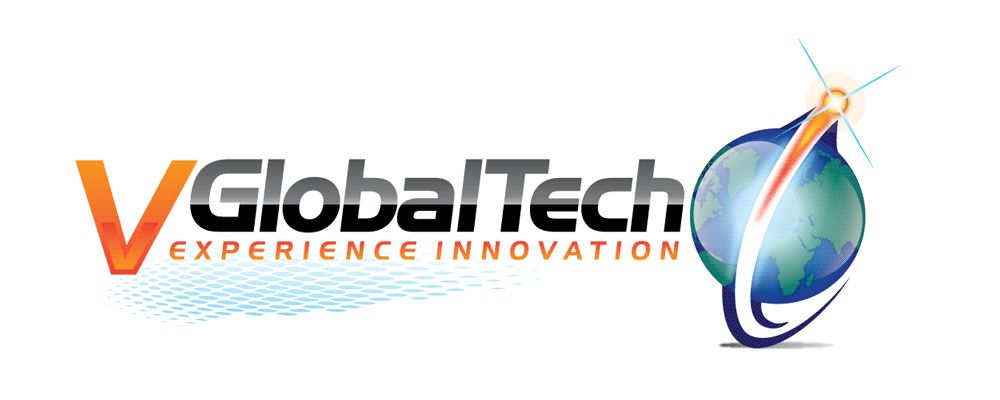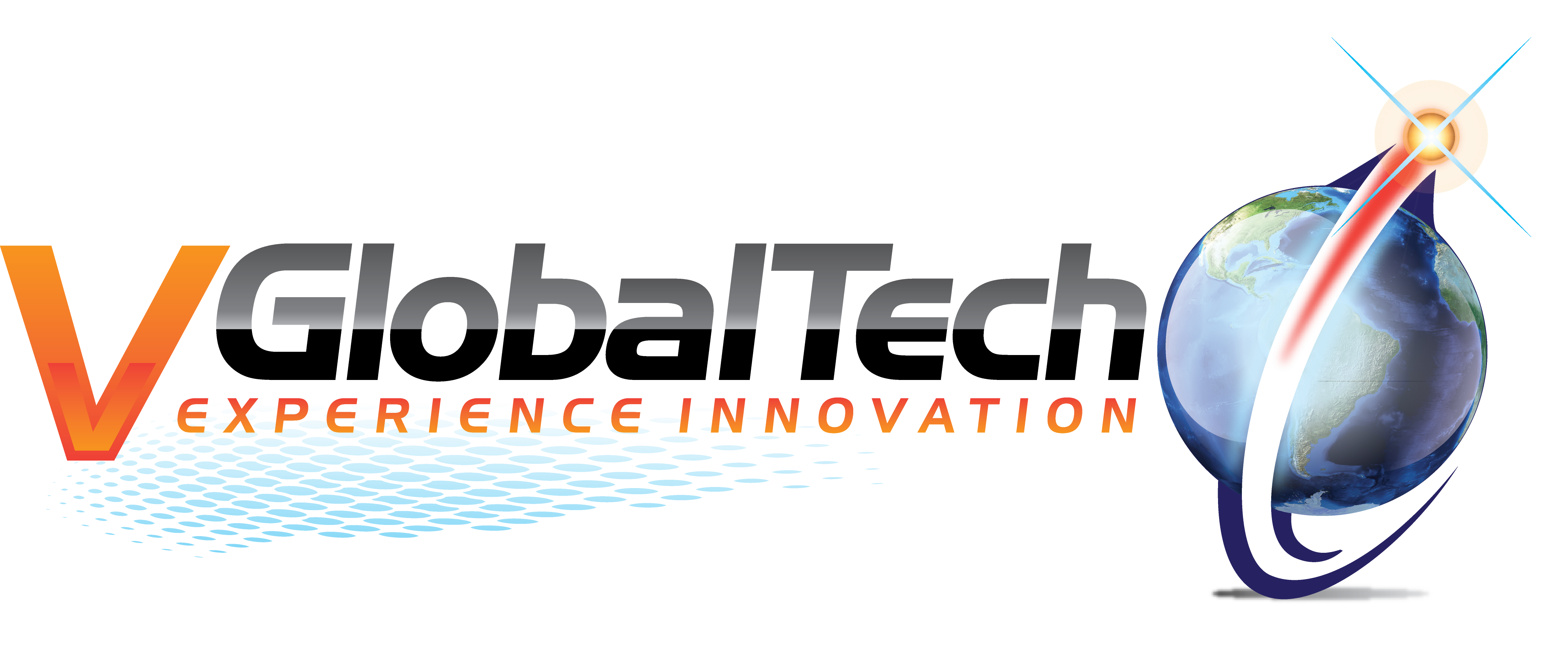WCAG 2.0 Vs WCAG 3.0
WCAG Updates
Differences between the WCAG 2.0 and WCAG 3.0
WCAG 2.0 and WCAG 3.0 are both guidelines for web accessibility, but WCAG 3.0 represents a major overhaul with more flexibility and a broader scope. Here’s a look at some key technical differences between the two:
Technical Differences | WCAG 2.0 | WCAG 3.0 | Guideline Structure and Scoring | Organized into four main principles—Perceivable, Operable, Understandable, and Robust (POUR). Each success criterion is rated at Level A, AA, or AAA, with a pass/fail scoring method. | Keeps similar principles but introduces a new scoring system with a focus on outcome-based guidelines. Instead of pass/fail, WCAG 3.0 uses a scoring range, allowing for a more graded measure of accessibility (0–100 scale). This reflects different levels of compliance rather than just meeting minimum standards. |
|---|---|---|
Outcome-Based Approach | Defined strict success criteria, which often led to rigid interpretation. | Focuses on outcomes instead of strict criteria, allowing more flexibility for different kinds of content and technologies. Outcomes are supplemented by “methods” (practical ways to meet outcomes) and “critical errors” (significant barriers that must be avoided). |
Scope and Inclusivity | Mainly focuses on web content and specific disabilities. | Expands the scope to include a wider range of disabilities, devices, and contexts, including mobile apps, virtual reality, and emerging technologies. |
Guideline Language and Clarity | Uses technical, sometimes legalistic language, which can be challenging for some users. | Aims to make guidelines more understandable by using simpler language, clear examples, and resources for developers. |
Testing and Conformance Levels | Testing is primarily binary—either you meet the criteria or you don’t. | Conformance is based on scores that allow for more granular assessment, making it easier to identify specific areas for improvement. This approach is expected to support continuous improvements over time rather than binary compliance. |
New Emphasis on User Experience | Focused more on technical compliance. | Emphasizes usability and real-world accessibility, aiming to improve the user experience, not just meet technical specifications. |
Additional Non-Web Guidance | Primarily web-centric. | Designed to extend beyond web content, covering a broader digital ecosystem, including software, Internet of Things (IoT), and other digital interfaces. |
WCAG 3.0 is still in a draft stage, so these details may evolve. But the goal is a more adaptable, outcome-focused approach to accessibility that aligns with evolving tech and user needs.

